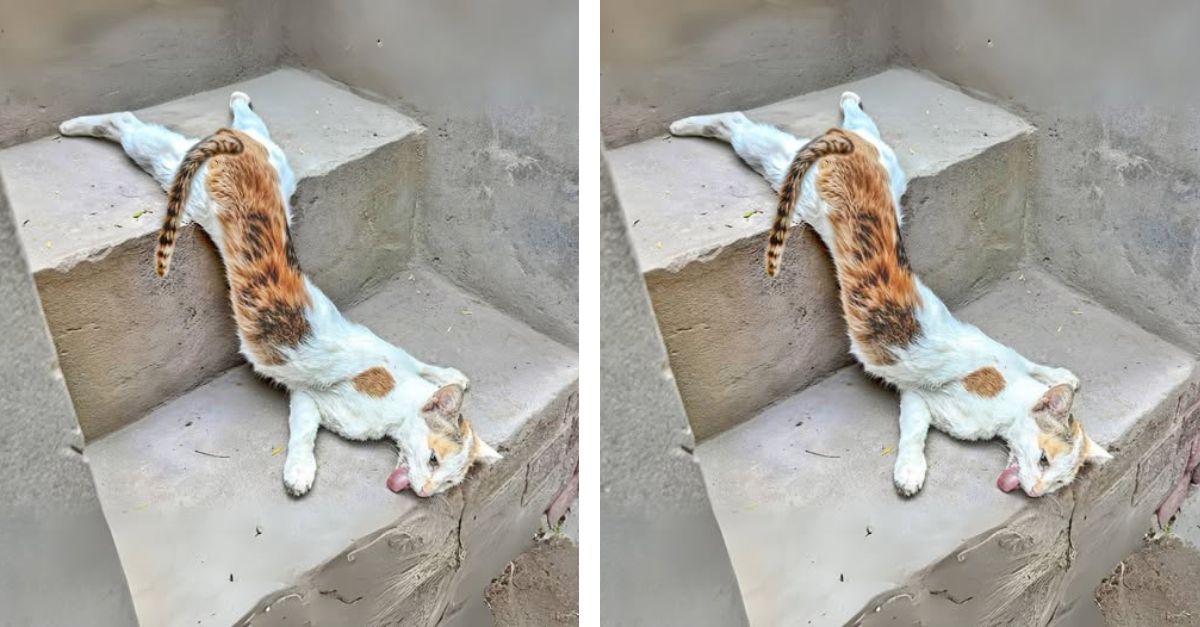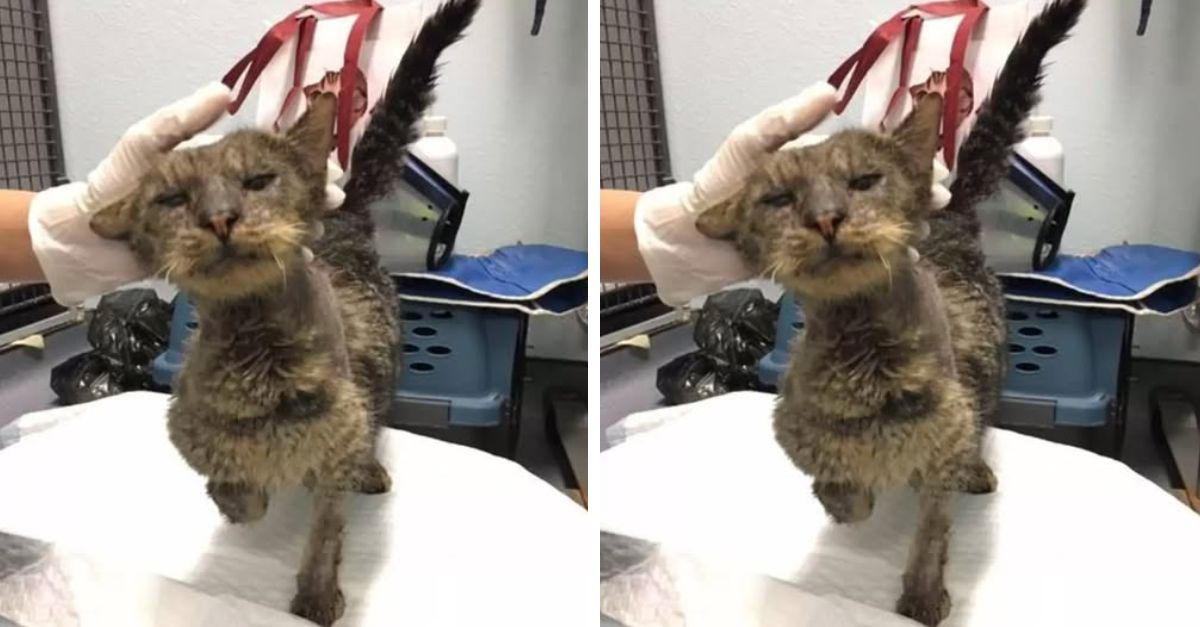As of 2021, there are an estimated 220 million domestic cats and 480 million feral cats worldwide. In 2017, domestic cats were the second most popular pets in the United States, with 95.6 million cats and approximately 42 million households owning at least one cat. In 2020, 26% of adults in the UK own cats, or around 10.9 million cats. Here are some interesting characteristics about cats.
Ancestral feral cat genome altered dramatically during domestication
The earliest known evidence of a Greek domestic cat dates back to around 1200 BC. Greek, Phoenician, Carthaginian, and Etruscan traders brought domestic cats to southern Europe. At the end of the Western Roman Empire (5th century AD), the line of Egyptian domestic cats reached the Baltic ports in northern Germany.
Cats haven’t changed much during domestication, so they’re still able to survive when returned to the wild. Certain natural behaviors and traits of feral cats may have pre-adapted them for domestication. These traits include small size, sociability, clear body language, love of play, and relatively high intelligence. Domestic cats often mate with feral cats. Crossbreeding between domestic cats and other cats is also possible, forming hybrids, such as the Scottish Keras.
Compared with wild cats, domestic cats have not changed much during domestication.
The development of cat breeds began in the middle of the nineteenth century. Analysis of the domestic cat genome shows that the ancestral feral cat genome changed significantly during domestication due to specific mutations selected for breeding cat breeds. Most cat breeds consist of random matings of domestic cats.

outstanding biological properties
Cats (Felidae) can pass many colors and patterns to their offspring. Domestic cats have the MC1R and ASIP genes that allow for a variety of coat colors.
Cats have excellent night vision due to the special structure of their eyes.
Cats have excellent night vision, and they can see at light levels 1/6 the light levels required for human vision. This is partly because a cat’s eye has a transparent membrane that reflects any light that passes through the retina back into the eye, increasing the eye’s sensitivity to dim light. Large pupils are an adaptation to dim light. Domestic cats have a slit-shaped (tiny) pupil, which allows it to focus bright light without “chromatic aberration” (a phenomenon in which a lens cannot focus all colors to a single point). When there is insufficient light, a cat’s pupil dilates to cover most of the exposed eye surface.
The hearing of domestic cats is most sensitive in the frequency range of 500 Hz to 32 kHz. They can detect an extremely wide frequency range from 55 Hz to 79 kHz. Cats can hear about 10.5 octaves, while humans and dogs can hear about 9 octaves. Its large, portable outer ear enhances hearing sensitivity. The headphone speakers amplify the sound so the cat can detect where the noise is. Cats can detect ultrasonic waves produced by rodent prey. Recent research has also shown that cats have social spatial awareness and can determine the location of their owners based on what they hear.
In addition, cats have an excellent sense of smell, partly due to their well-developed organs and large mucosal area (approximately 5.8 cm2, twice that of humans). Therefore, they can smell some odors that humans cannot detect. Cats are sensitive to pheromone compounds, such as 3-mercapto-3-methylbutan-1-ol, which they use to communicate via urine spray and scent gland markings. Many cats also have strong reactions to plants that contain nepetalactone, especially peppermint, as they can detect plants at less than one part per billion. About 70-80% of cats are affected by nepetalactone.
Cats have relatively few taste buds compared to humans (approximately 470 compared to over 9,000 on the human tongue). Both domestic and feral cats have mutations in taste receptor genes that prevent their sweetness from binding to sugar molecules, and therefore their inability to perceive sweetness. Instead, their taste buds respond well to amino acids like acid, protein, and bitter tastes. Cats also have different temperature preferences for food. They prefer food around 38°C, similar to the temperature of fresh meat, and often refuse food that has been refrigerated or refrigerated (this signals to the cat that the “prey” is dead. Long-term and thus may be toxic or decompose).

To aid in navigation and feeling, cats have dozens of whiskers that move across their bodies, especially on their faces. They provide information about the width of gaps and the position of objects in the dark by directly touching objects and sensing airflow; they also activate the blink reflex to protect the eyes.
Domestic cats spend most of their time close to home, but can also be hundreds of meters away from this central point. In studies of the territory-setting behavior of cats ranging in size from 7 to 28 hectares, scientists found that the size of the territory established by each cat varied widely.
Feral cats are active both day and night, although they tend to be more active at night. Cats have very flexible and varied activity times, which means that domestic cats may be more active in the morning and evening in response to more human interaction. Cats conserve energy by sleeping more than most animals, especially as they mature. The amount of sleep cats get each day varies, typically 12-16 hours, with an average of 13-14 hours. Some cats can sleep up to 20 hours. The term “feline nap” refers to the cat’s tendency to sleep (very lightly) for short periods of time.
The special relationship between cats and people
One of the special reasons cats bond with humans is their ability to distinguish the voices of their owners from those of strangers.
To demonstrate this, Charlotte De Mouzon at Université Paris-Nanterre, France, and colleagues investigated how 16 cats responded to recorded sounds from their owners and strangers when they said phrases in English. Voices for cats and for people. The authors studied 3 situations. The first condition was to replace the stranger’s voice with that of the cat’s owner. Conditions 2 and 3 were pitch-changing (to the cat or to the person) with the cat owner’s or stranger’s voice.
The results showed that in the first condition, 10/16 cats showed a decrease in behavioral intensity when they heard three recordings of a stranger’s voice calling their name. However, when they heard their host’s voice, their behavioral intensity increased significantly, they turned their ears toward the speaker, moved around the room, and dilated their pupils. That is, they can distinguish between the voice of the owner and that of a stranger.
In the second condition, 10 cats (8 of which were the same as in the first condition) decreased their behavior when they heard their owner speak in a voice directed at another human, but significantly increased their behavior when they heard their owner speak. In the third condition, no change in behavioral intensity was found when a stranger spoke with an adult and cat-like tone.
Scientists have observed that cats can distinguish whether their owners’ voices are directed at them or someone else’s, but do not respond differently when a stranger changes their voice. The researchers say their findings add a new dimension to the relationship between cats and humans, as well as the ability of cats to communicate based on a speaker’s vocal experience. They concluded that one-on-one relationships are important for cats and humans to form strong bonds.






















